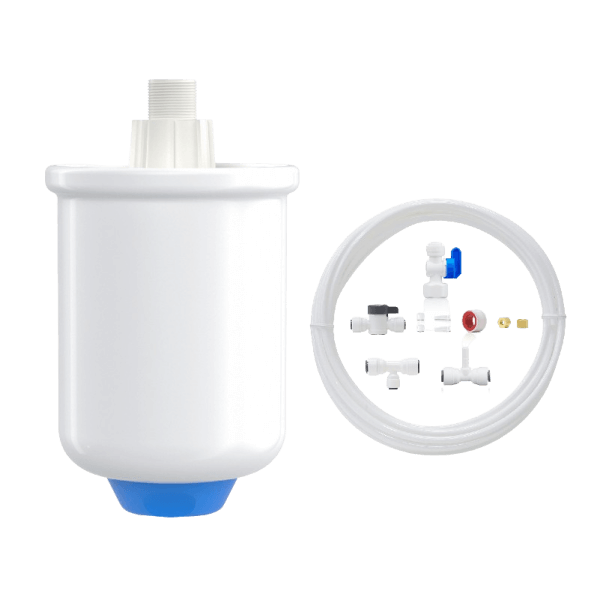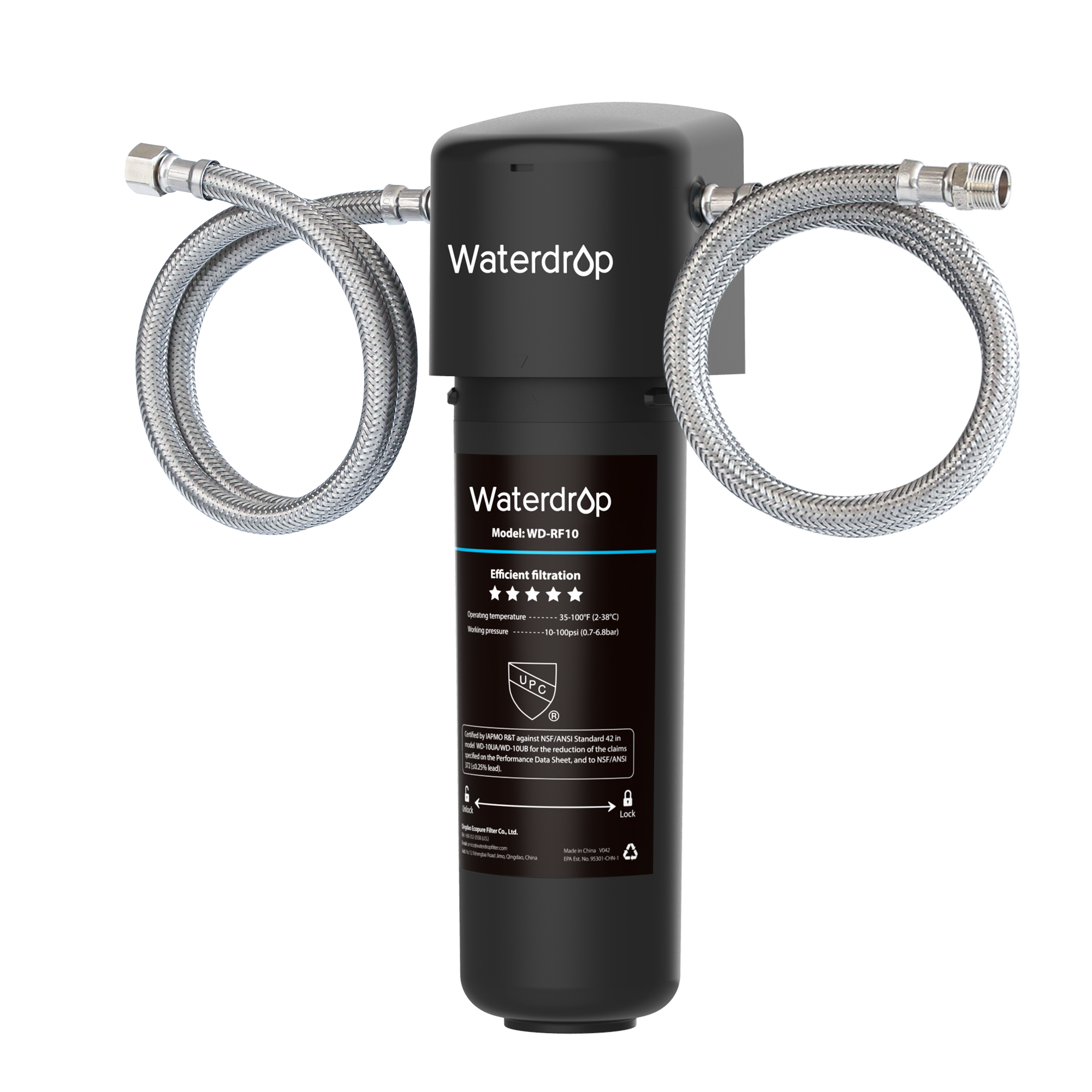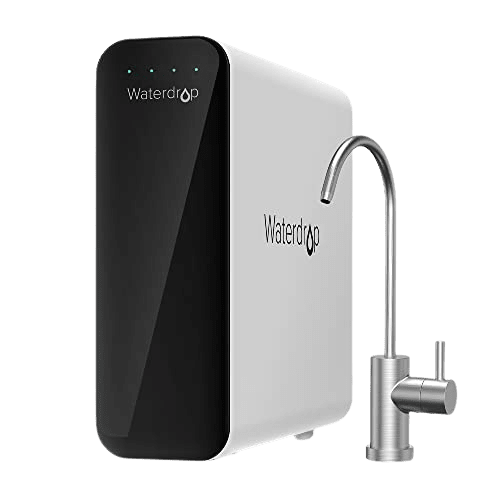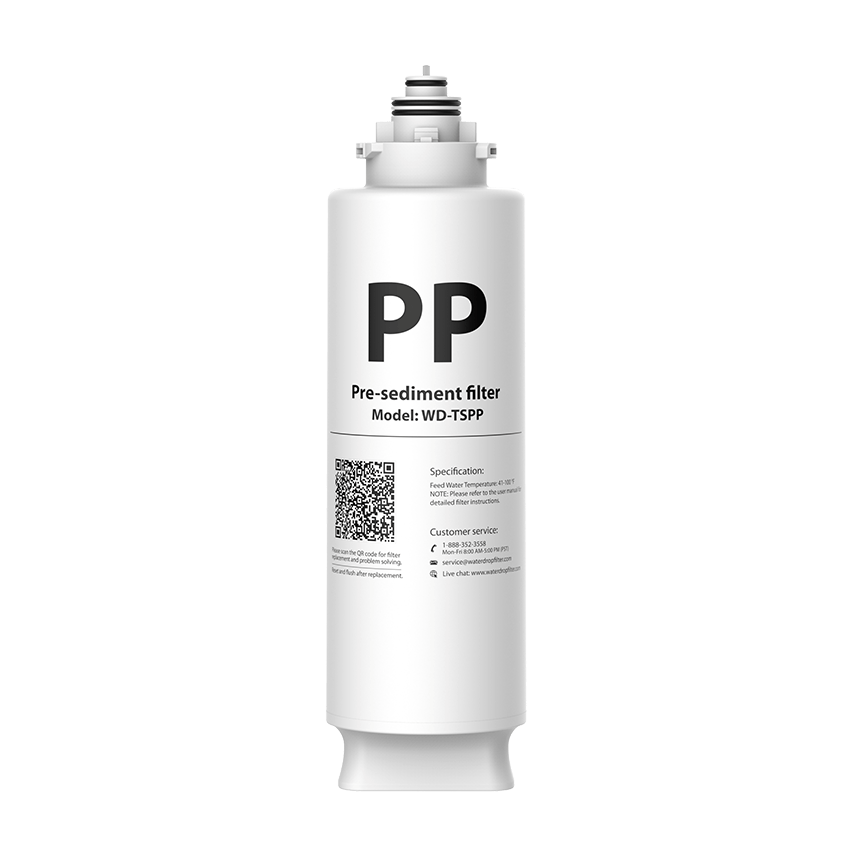What Is Brackish Water and How Do You Treat It?
by Dr. Jonathan Doyle - Updated January 11, 2022
We drink water every day, but have you ever noticed that the water we drink sometimes tastes different. Some water tastes sweet, but some water tastes astringent and even difficult to swallow. The quality of water can affect the water taste, therefore, hinders the overall intake of water.
If your water tastes astringent, then there’s a big chance to blame it as brackish water. This article will explain what is brackish water as well as the methods to treat it.
What Is Brackish Water
Brackish water refers to water with a salt content between 0.5‰-30‰. Brackish water has alkalinity greater than hardness, contains numerous neutral salts, and has a pH greater than 7. It generally includes estuaries and most inland lagoons. The largest brackish body of water in the world is the Baltic Sea.
Where Is Brackish Water Found
Brackish water is usually found at transitional joints where freshwater meets seawater. The estuaries, for example. Human activities like dike construction projects Sources for brackish water can be made by man and often are. Large pools and small streams can and often do result from construction projects such as the construction of dikes is one of the major sources of brackish water.
What Is Brackish Used For
Brackish water can be used in its natural saline state as well as its desalinated state. For its natural state, brackish water is mainly used as a coolant in the thermal power industry, the oil and gas industry, and the mining industry. Additionally, in a practice known as salinity agriculture, brackish water can be used for irrigation.
Certain crops, such as cabbage and oats, are salt-tolerant crops that can be grown on salt-affected land that is irrigated with brackish water. Saline agriculture, which is popular in the Middle East area, can improve food security and relieves pressure on scarce freshwater supplies.
Can We Drink Brackish Water
The simple answer is “NO.” Because brackish water has a high concentration of salt, hardness, fluorine, arsenic, iron, manganese, low concentration of iodine and selenium, and always with a bitter taste. These indicators fail to meet any standards for drinking water.
The long-term consumption of brackish water will cause serious damage to the human body, such as gastrointestinal disturbances, weakened immunity, and may even lead to kidney stones and cancer.
How Can We Treat Brackish Water
As freshwater shortages increase, especially in the arid regions, the treatment of brackish water offers a solution to meet the increasing water demands of a growing population. In some terms, the existence of brackish water sources around the world suggests a method to improve water scarcity. Yet, like every natural resource, brackish water must be used responsibly if it is to provide long-term solutions.
If brackish water can be desalinated and converted into drinking water by some practical, effective and simple methods, it will not only alleviate people's drinking water health problems, agricultural irrigation problems, and industrial production problems but also generate a great impact on alleviating the severe freshwater situation in many countries.
Currently, the practical brackish water desalination methods include distillation, electrodialysis, and reverse osmosis.
Distillation
Distillation is the process of heating brackish water until it boils and evaporates, and then condensing the steam into freshwater. This is also the first desalination method adopted, and its main advantages are simple structure, easy operation, and good freshwater quality.
Electrodialysis
Electrodialysis is another separation technology used in brackish water desalination. Electrodialysis is abbreviated as ED. It is a membrane that uses an ion-exchange membrane to separate anions and cations in saltwater under the action of an electric field, thereby reducing the salt concentration in the freshwater chamber and obtaining fresh water.
Reverse Osmosis
The third method is reverse osmosis, which is the most effective and practical method among the three for home use.
Reverse osmosis can remove more than 90% of soluble salts and more than 99% of colloidal microorganisms and organic matter from water. Compared with other water treatment methods, it has the advantages of no phase change, normal temperature operation, simple equipment, high efficiency, convenient operation, and less energy consumption.
The Waterdrop G3P800 is an excellent reverse osmosis system that can not only achieve brackish water desalination but also remove the bad taste and odor in water, therefore, it improves the water quality and allows you to drink directly from the filtered water faucet.
The system is designed for easy home DIY installation. The composite filter design minimizes the filters into three and saves 50% undersink space compared to traditional systems. The 800 GPD large filtration capacity comes with a fast water flow that allows you to enjoy tasty drinking water without waiting for a long time. It is truly the best home use system for brackish water desalination.
Conclusion
A growing number of global communities are investing in desalination to alleviate water scarcity. Water quality problems affect the healthy life of every household. Freshwater resources are in short supply. We must take care of the environment, save water and protect our water resources.









